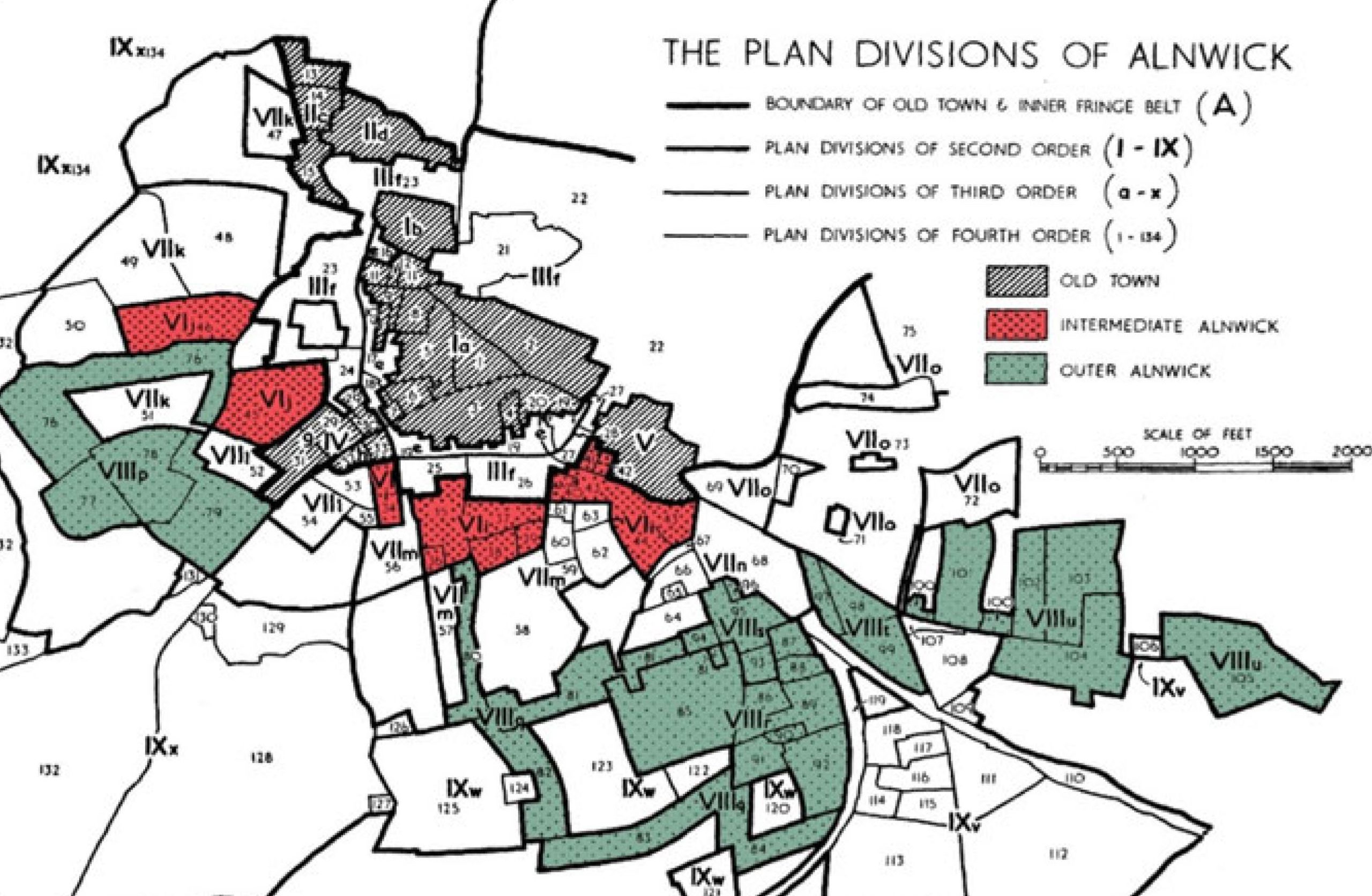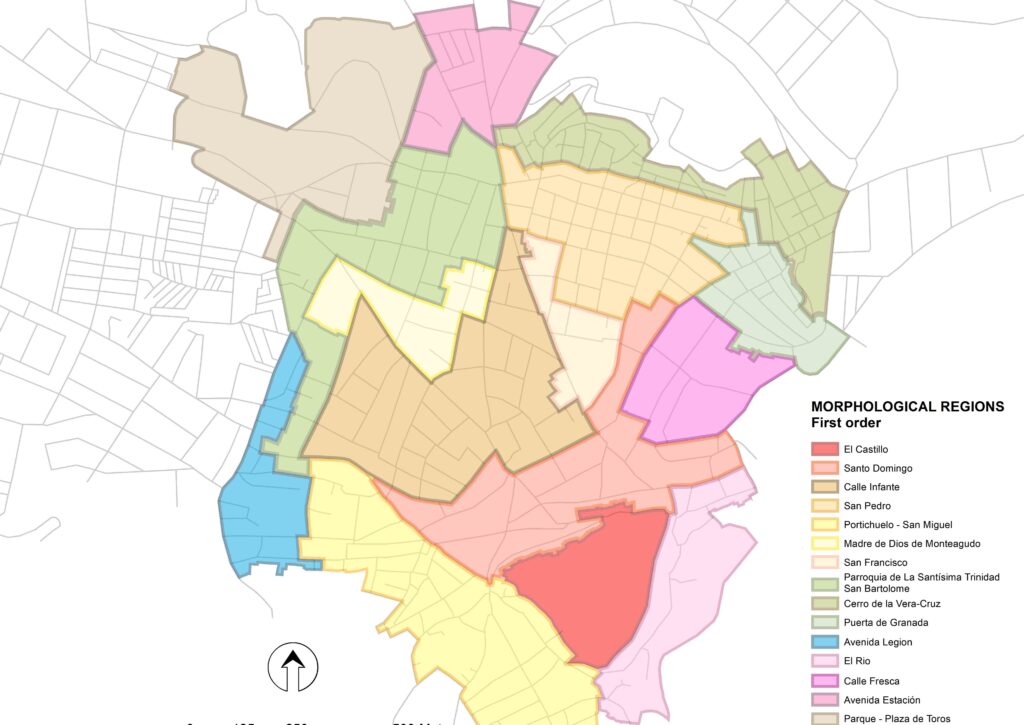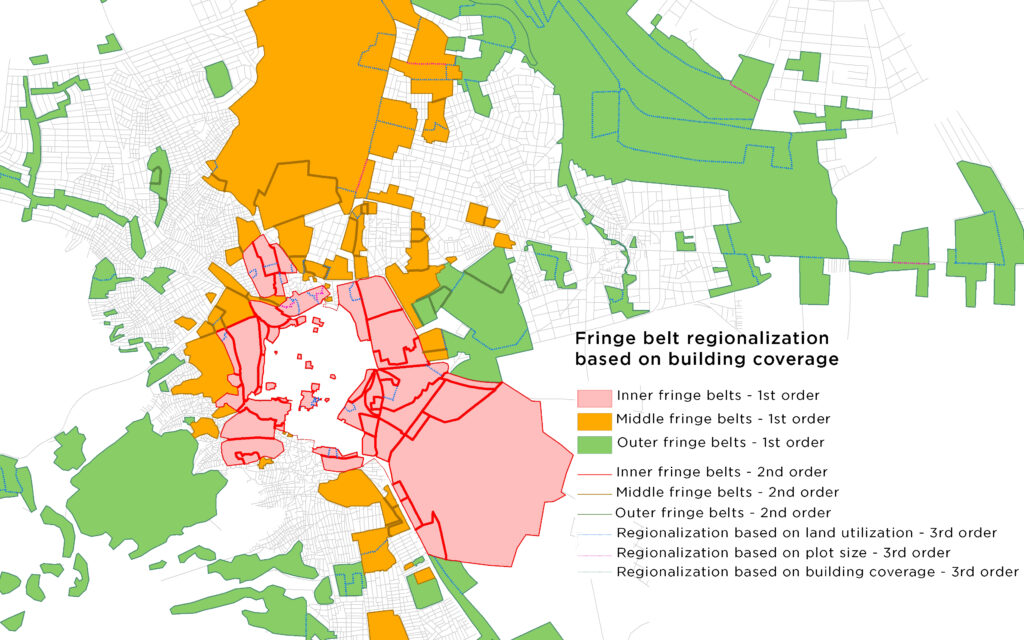The historic English market town of Alnwick, for those of us who study the physical form and spatial evolution of cities—for urban morphologists— is a sort of sacred ground. My first visit to this remarkable town was more than a casual exploration; it felt like a pilgrimage to the heart of our discipline: urban morphology. Alnwick’s urban fabric has evolved organically over centuries, offering an unparalleled case of continuity and adaptation. Its medieval street layout, the market square, burgage plots, back lanes, and the relationships between domestic, commercial, and defensive structures create a textbook of urban form in three dimensions. Walking its streets is like flipping through the pages of a living, breathing urban morphological manual. Like many other cities, Alnwick is a living archive of urban form. However, MRG Conzen made this town a spectacular case for the field of urban morphology.

The Market Square of Alnwick (Year 2025)
The seminal study of Alnwick in the 1960s laid the foundation for British and international urban morphological research. It, then, was identified as the historico-geographical approach or Conzenian school of thought. Conzen’s rigorous cartographic and historical analysis of Alnwick—plan types and units, fringe belts—demonstrated how settlements evolve through identifiable and mappable processes. His work transformed Alnwick into the ‘Temple of Urban Morphologists,’ a term that echoed with every step I took through the town. In his study of Alnwick, Northumberland: A Study in Town-Plan Analysis, published in 1960, he offers one of the most comprehensive frameworks to understand the physical form of cities that has been published to date. At the centre of this framework is the town plan, a combination of street systems, plot patterns, and building arrangements. Another fundamental aspect of the framework is the design of several concepts to describe and explain the transformation of forms over time. Both the consideration of the town plan as a whole and the rigorous conceptualisation of processes were ground-breaking in the mid-twentieth century. According to Conzen, a town plan can be defined as the topographical arrangement of an urban built-up area in all its man-made features, containing three distinct complexes of plan elements, namely streets, plots, and the block plans of buildings. He analysed the characteristics of individual components of the town plan about their periods and modes of development. On this basis, the plan as a whole was examined in terms of morphogenetic types of plan units as well as of the resulting geographical structure. Conzen identified fourteen major plan units and forty-nine subtypes, making clear the morphological complexity of Alnwick. Starting from the delineated morphogenetic plan units, Conzen proposed a geographical structure of plan divisions grouped into a four-order hierarchy.

Plan divisions of Alnwick
What impressed me most was the medieval town feel. Alnwick is not merely a preserved town—it is a dynamic, functioning town that carries its past forward with integrity. For urban morphologists, it offers not just data, but insights. And for everyone else, it’s simply a beautiful place to be. If you’re a student of urban studies or architecture, a lover of history, or just someone curious about how the past shapes the present, I believe Alnwick can provide much more than you expect. It’s not just a town—it’s a teacher. And for those of us who trace the lines and layers of urban form, it remains our spiritual home.
01.05.2025
Muzaffer Ali Arat





